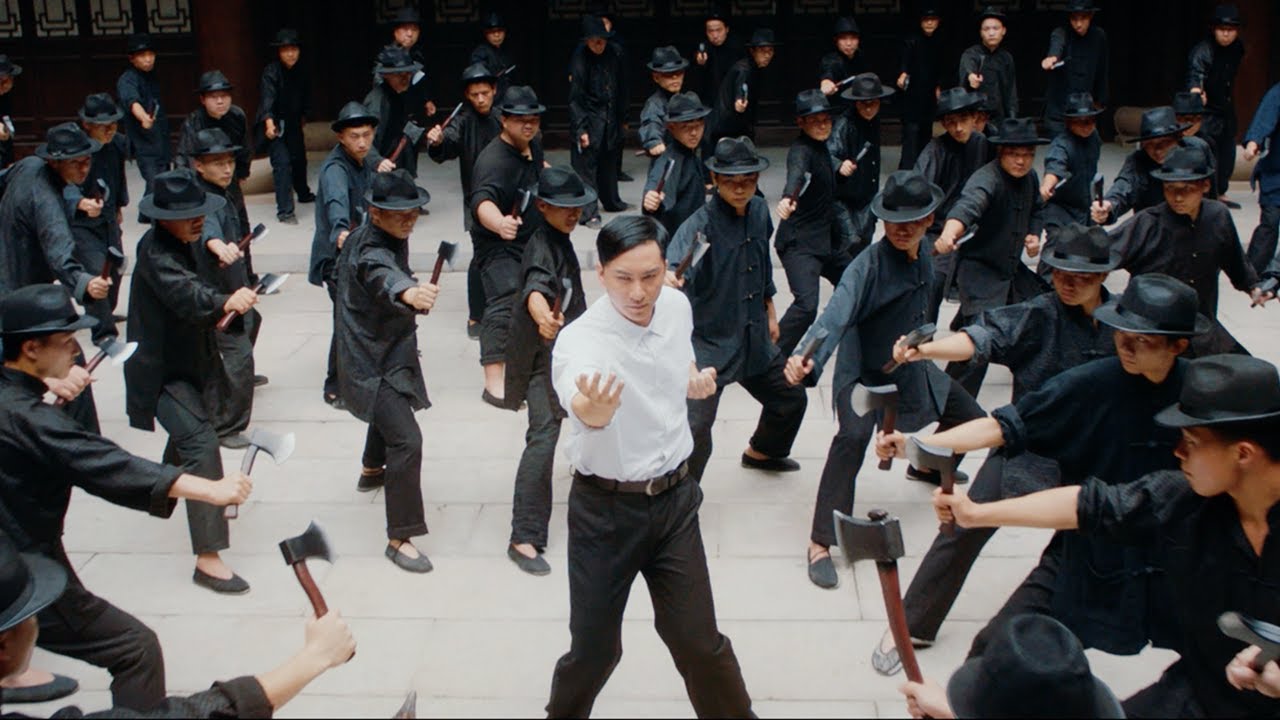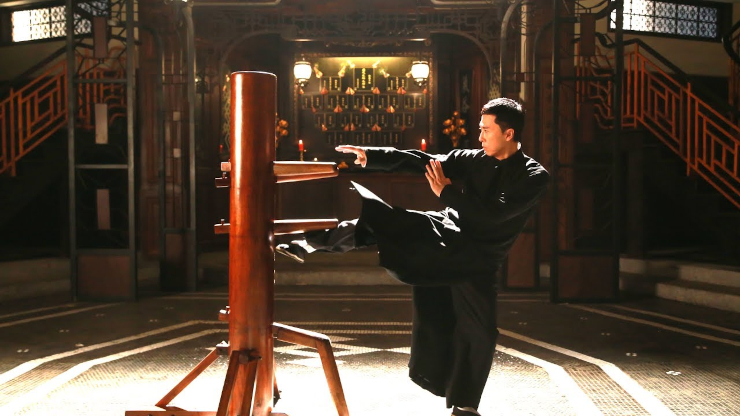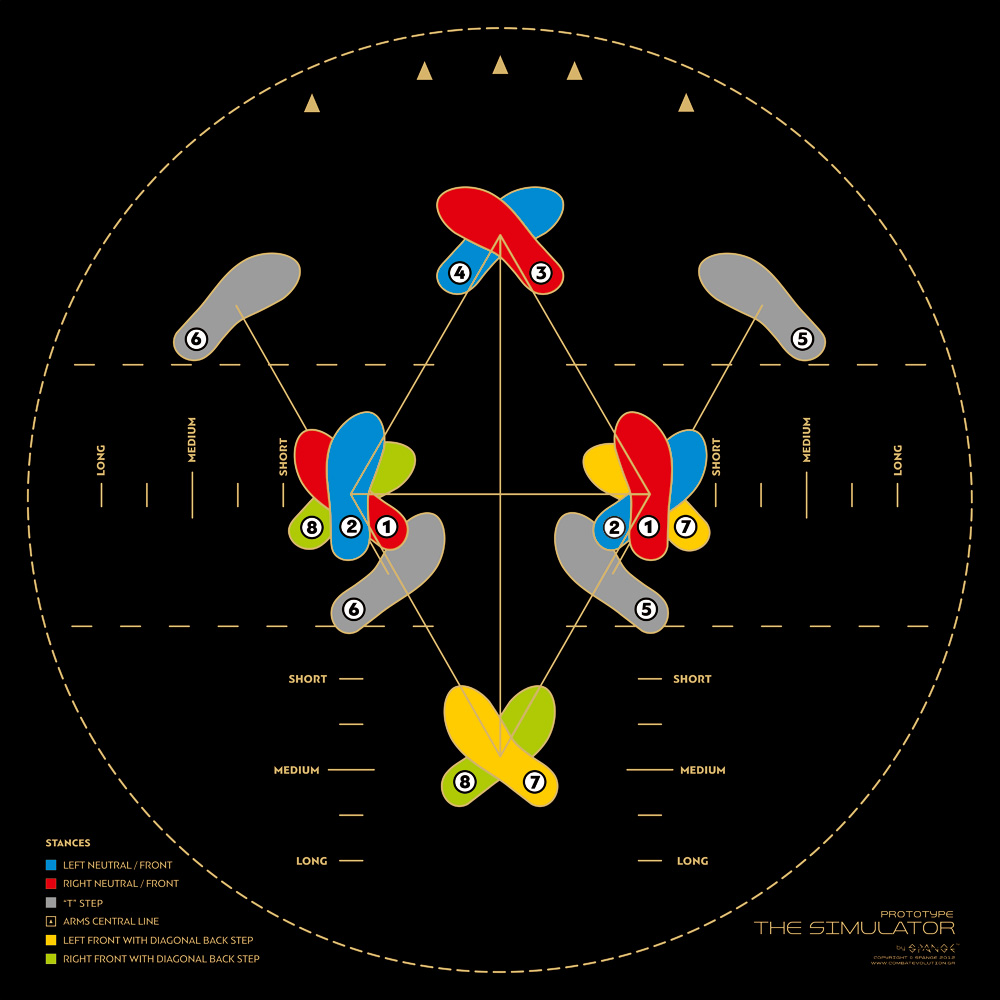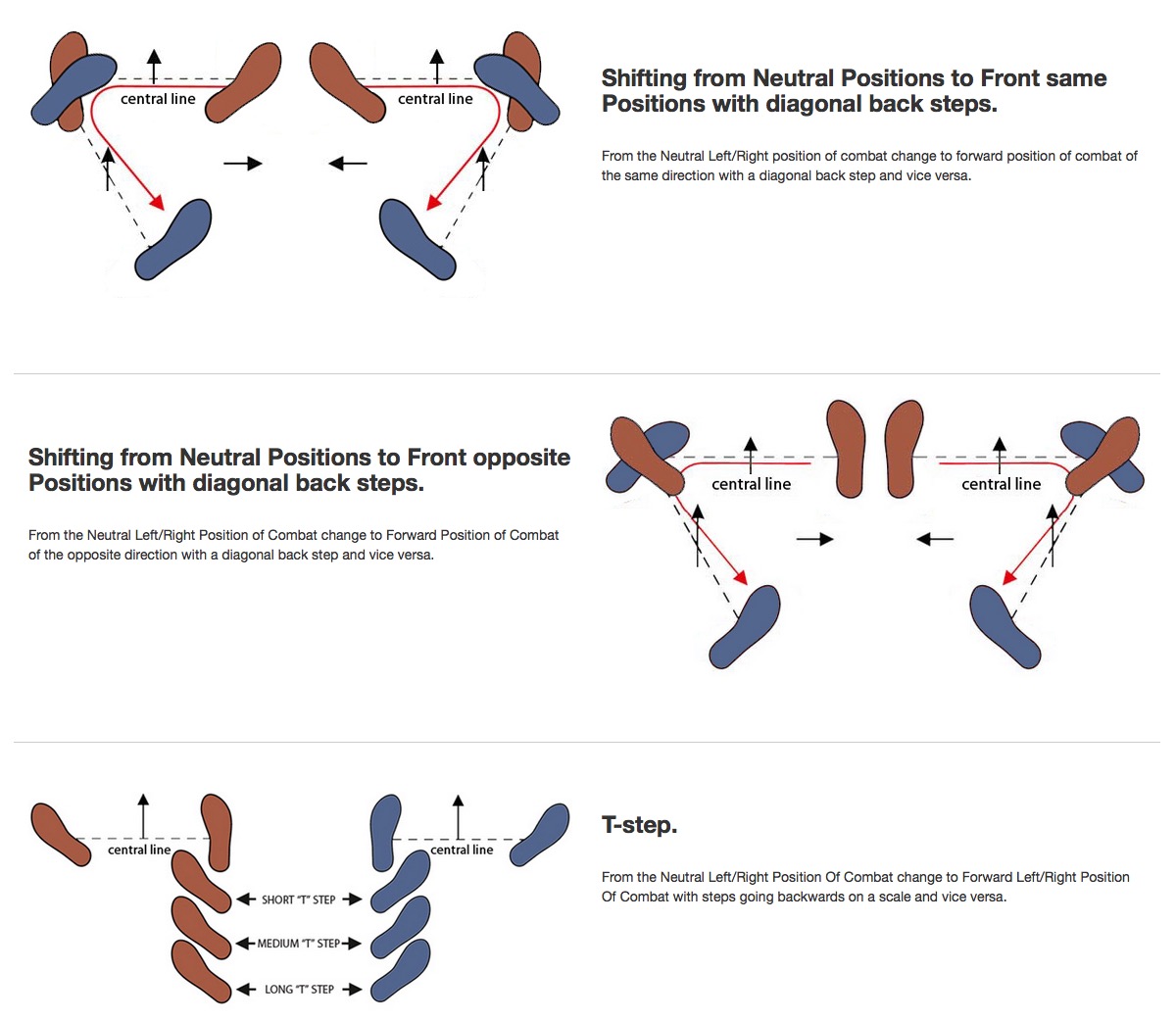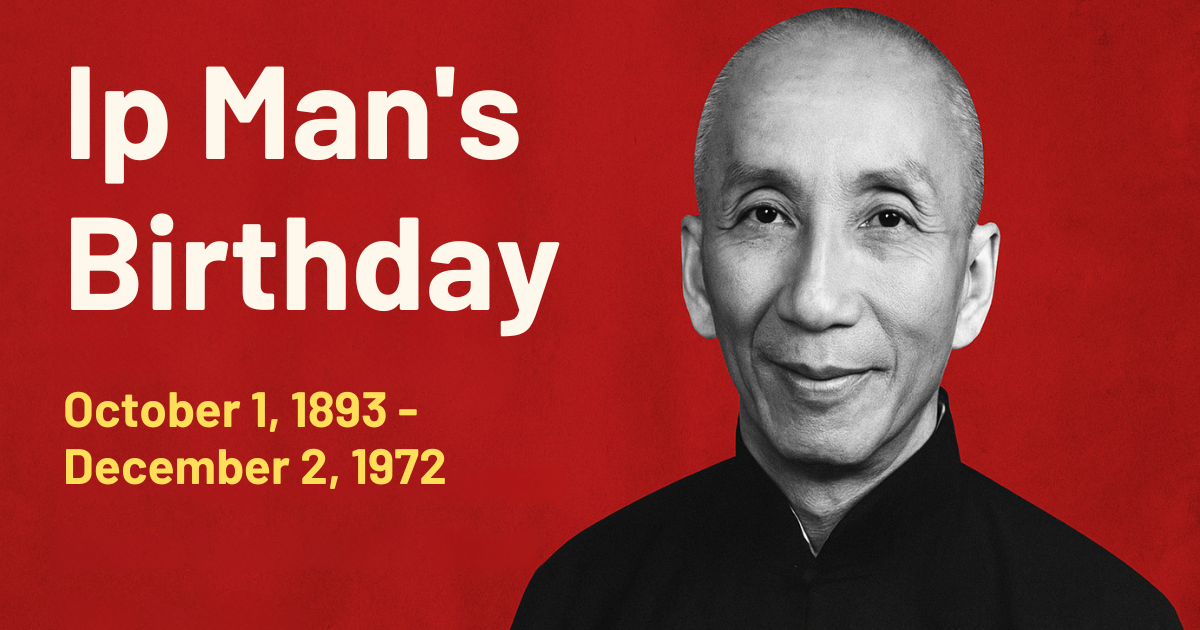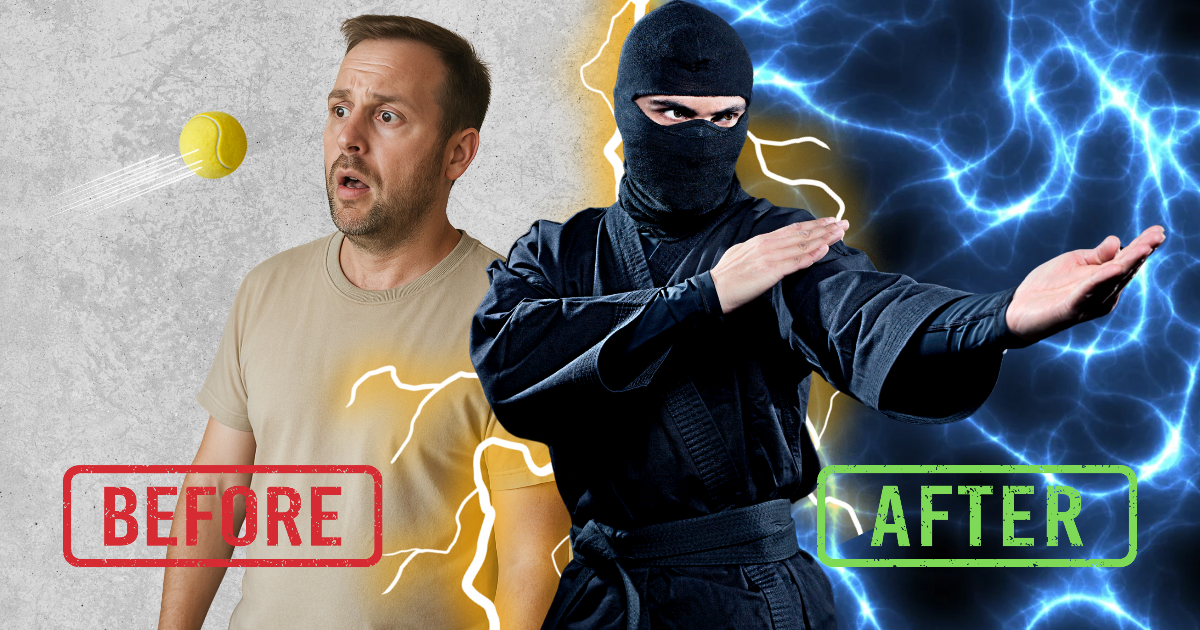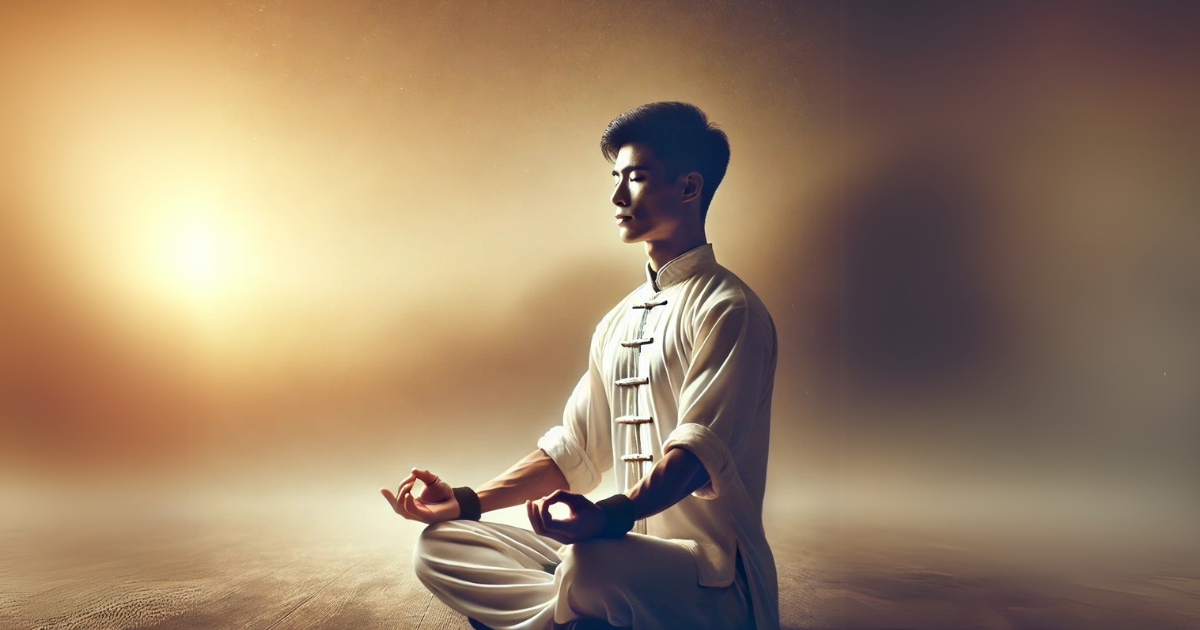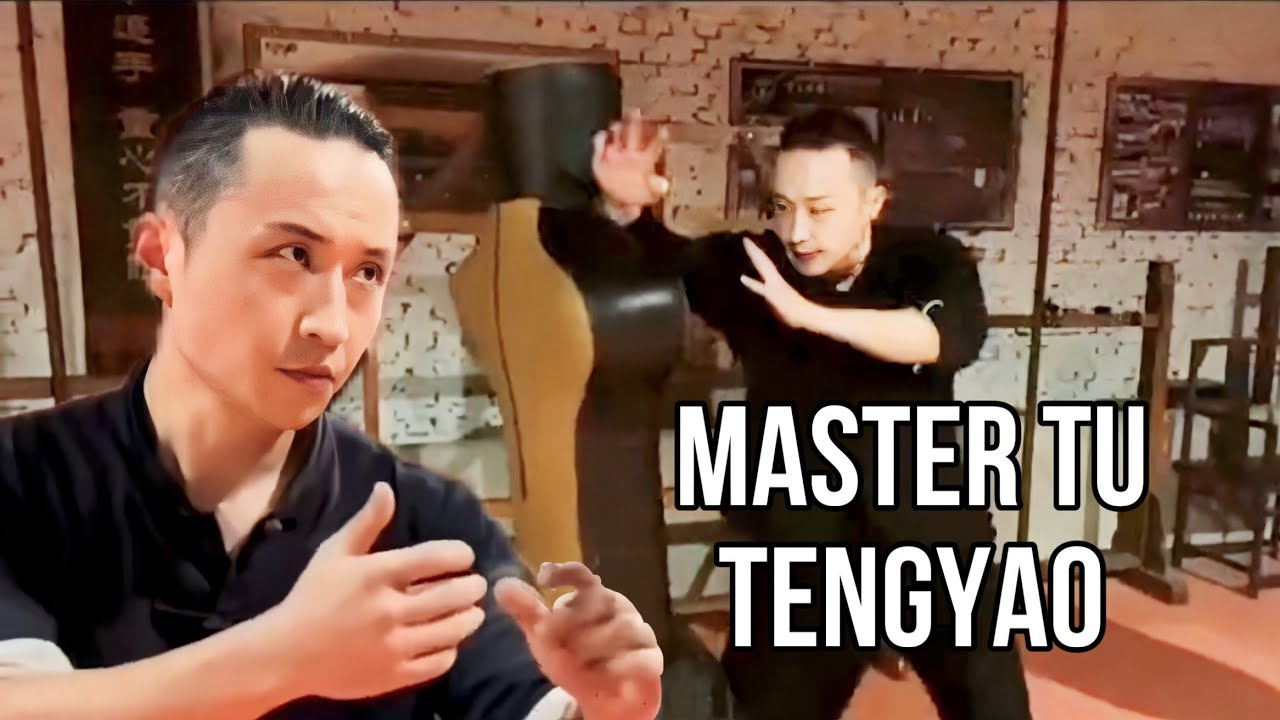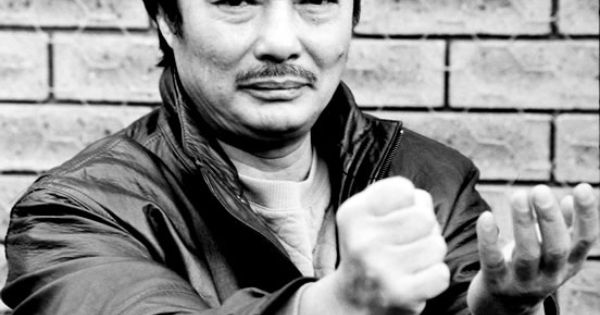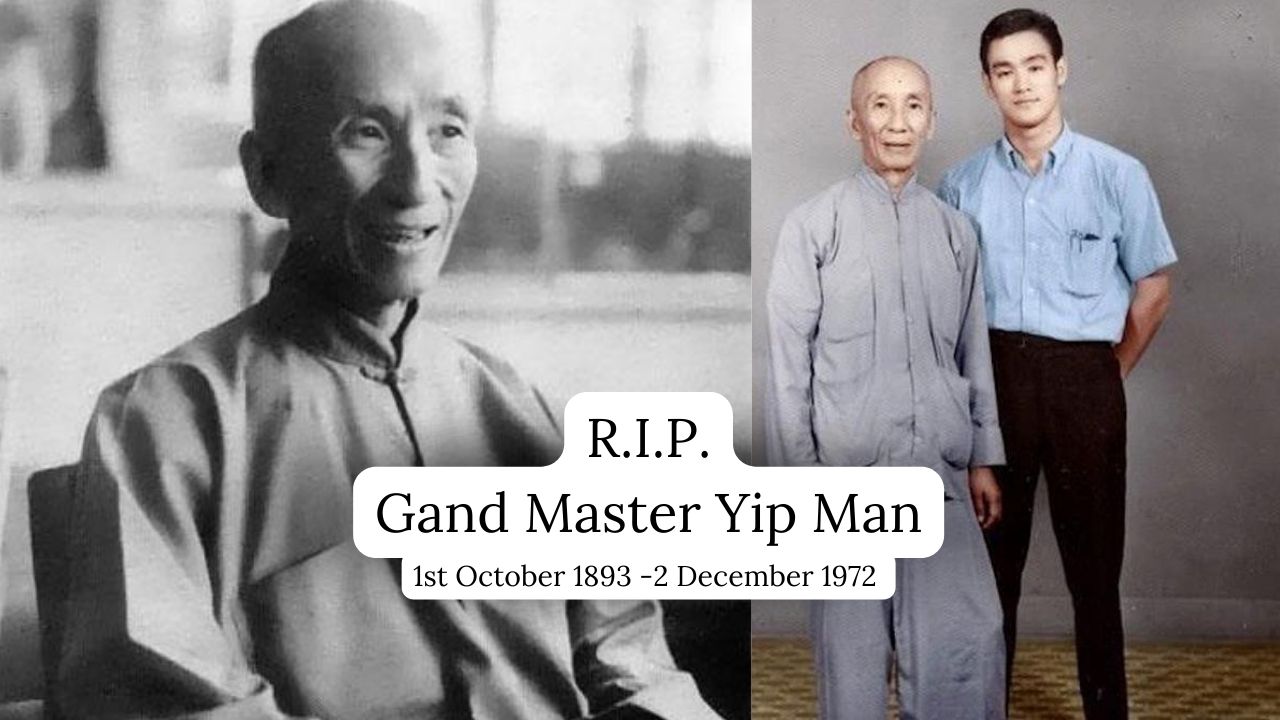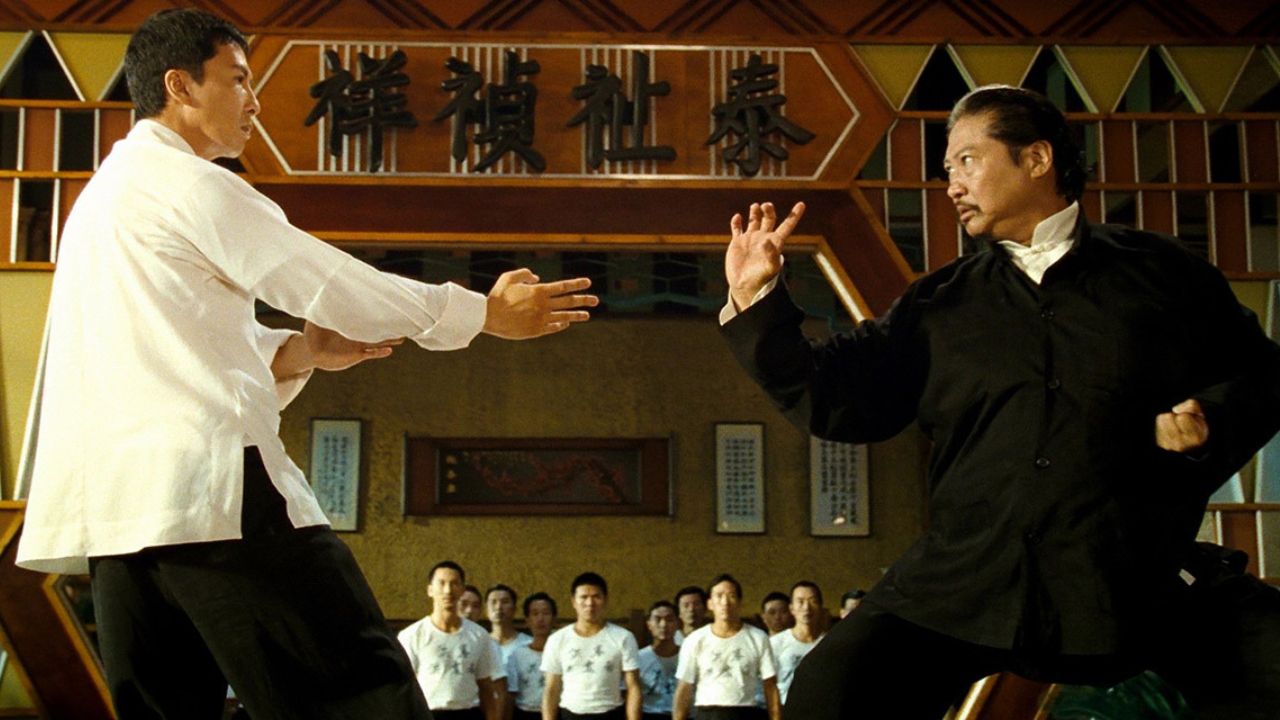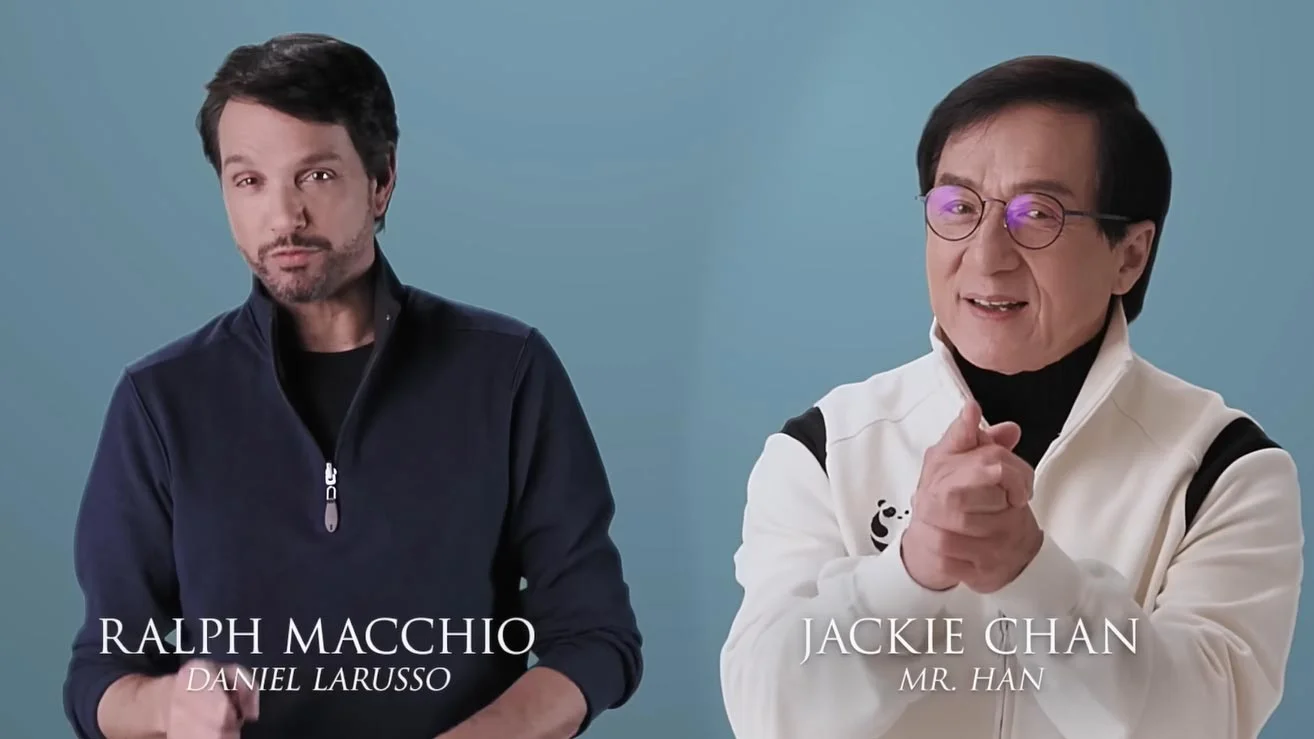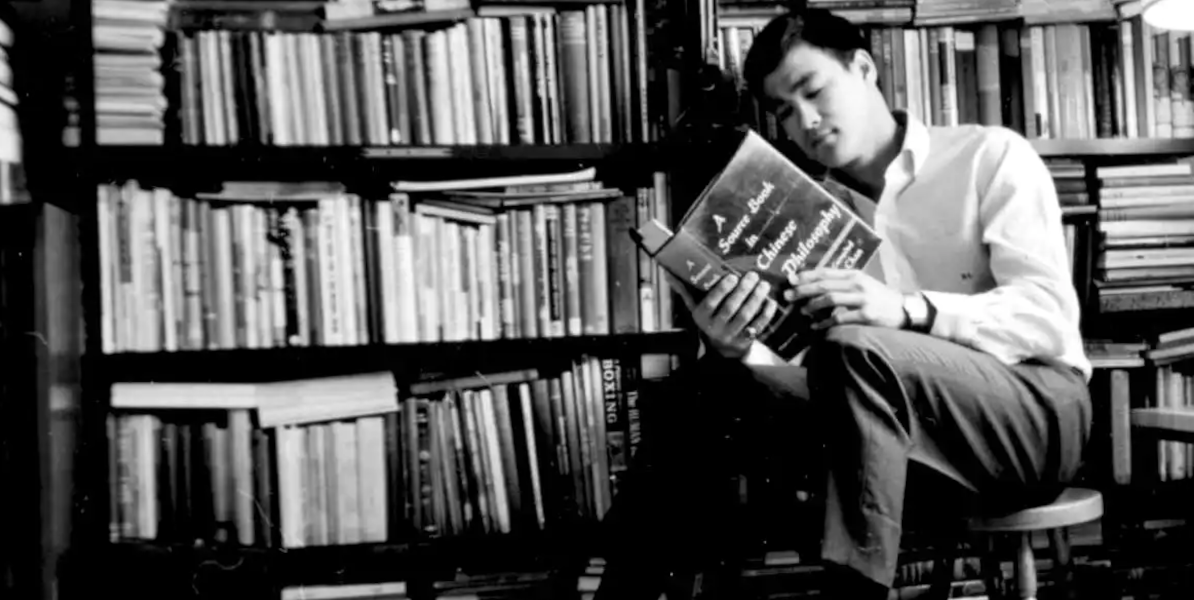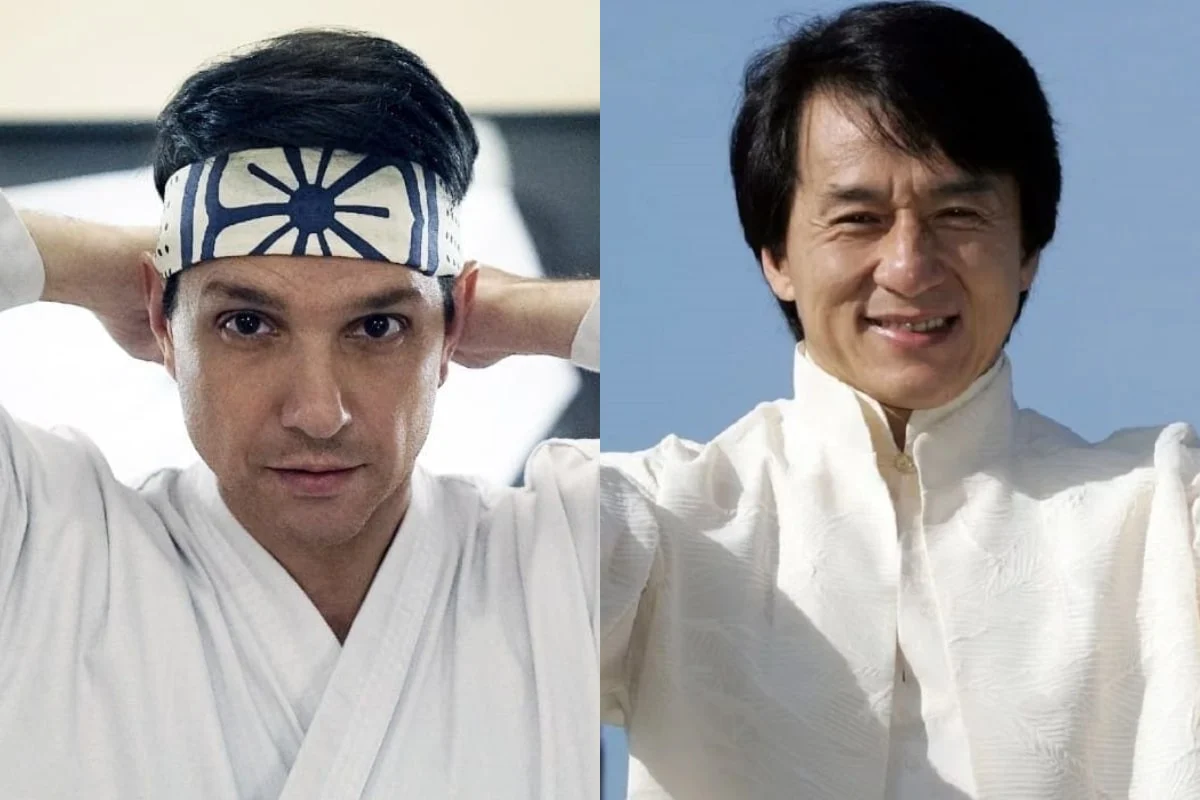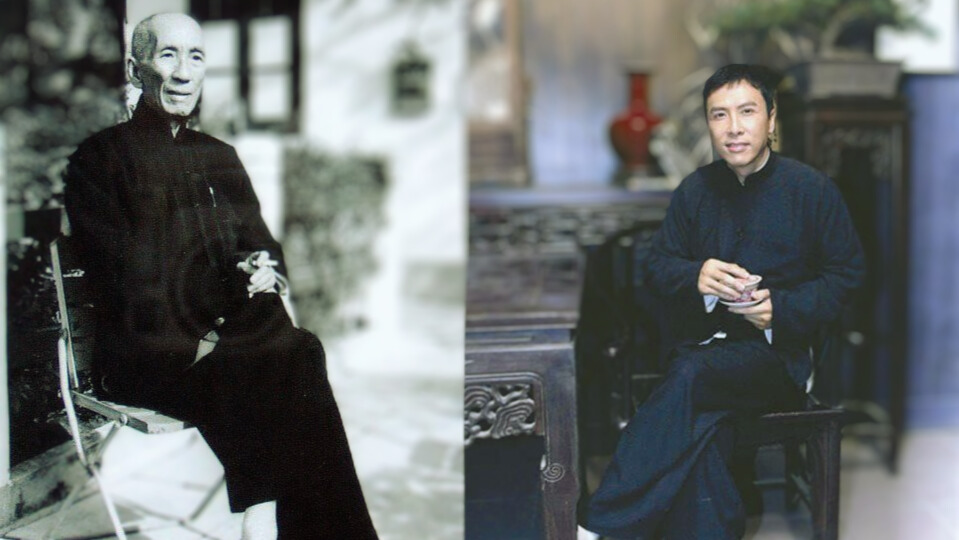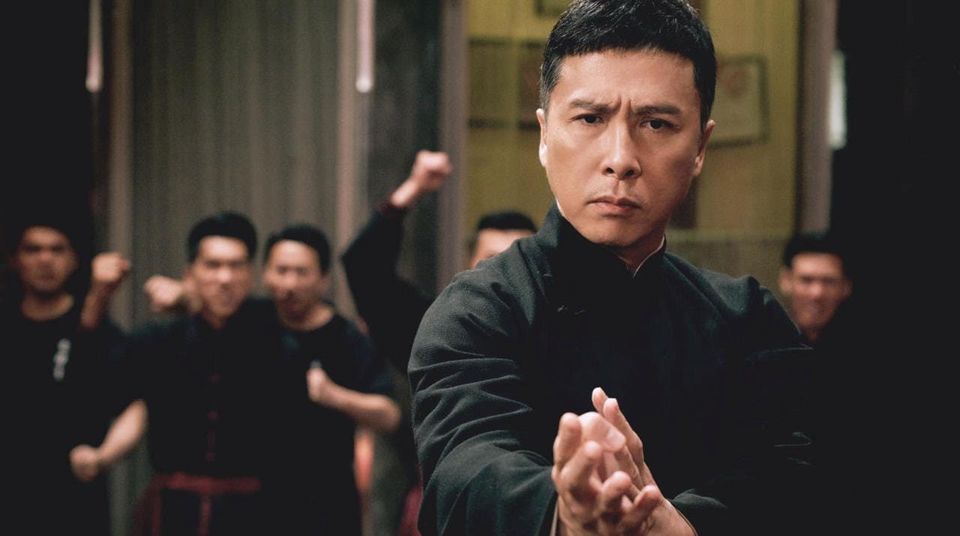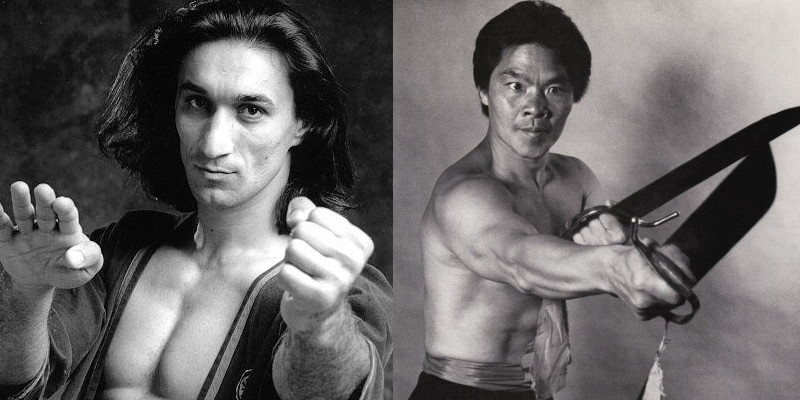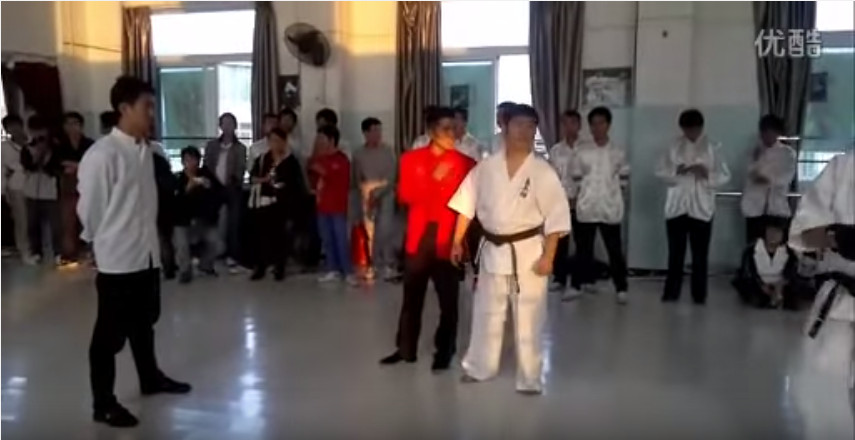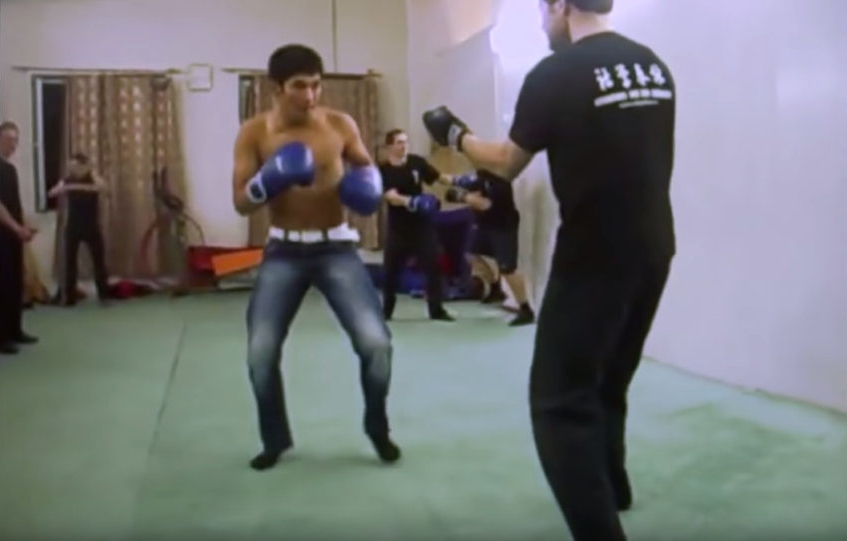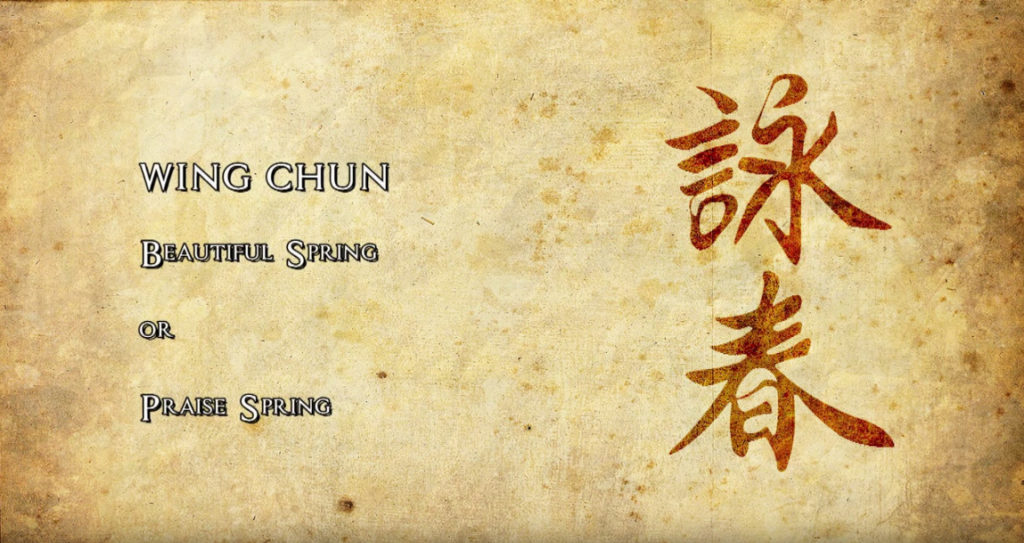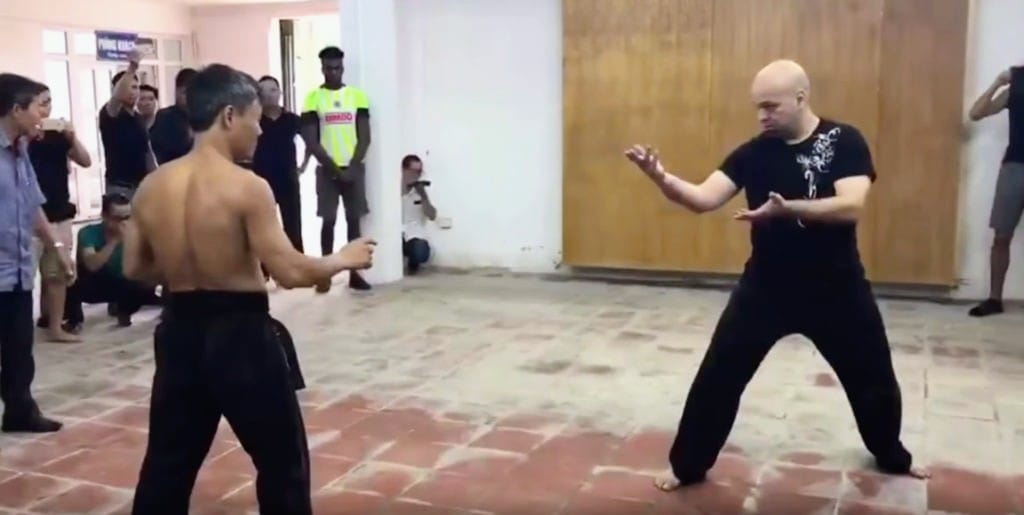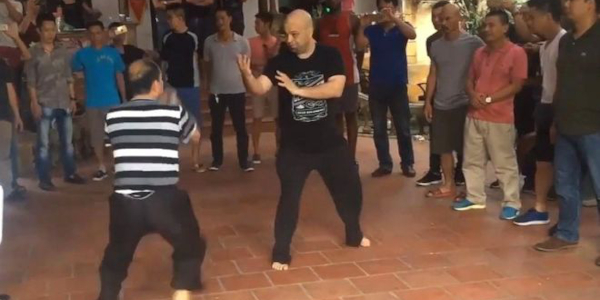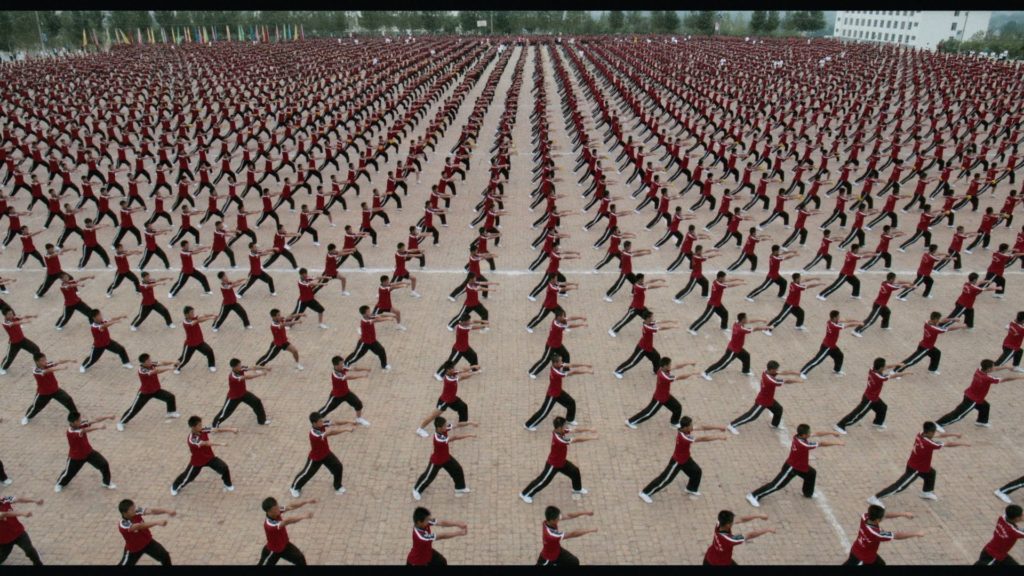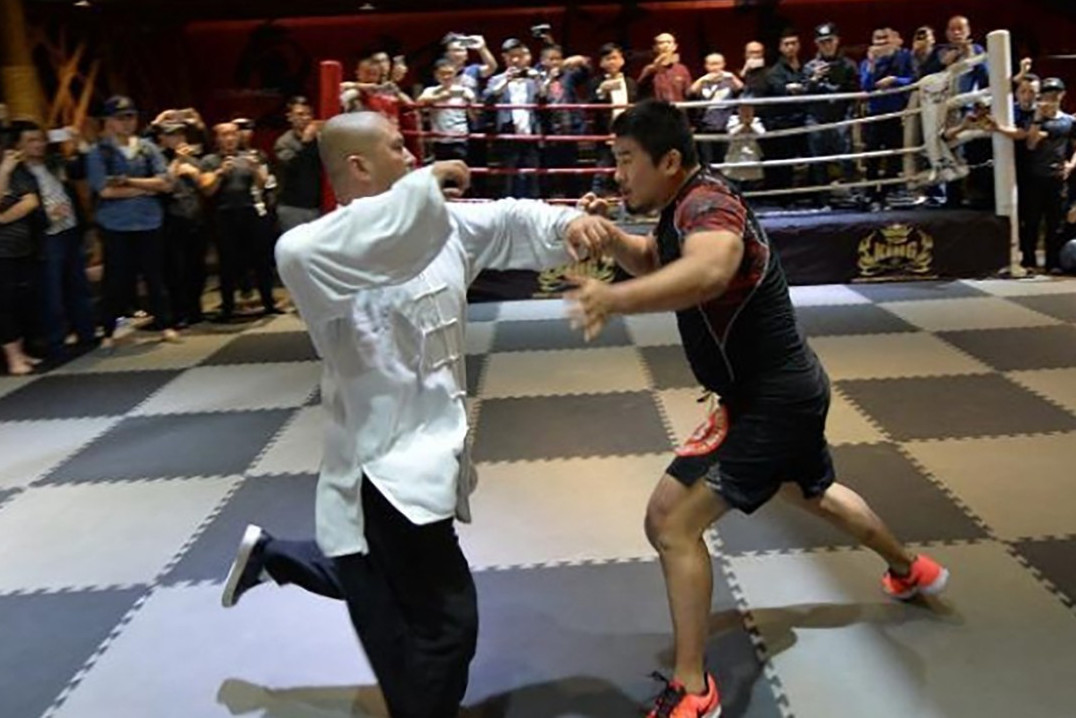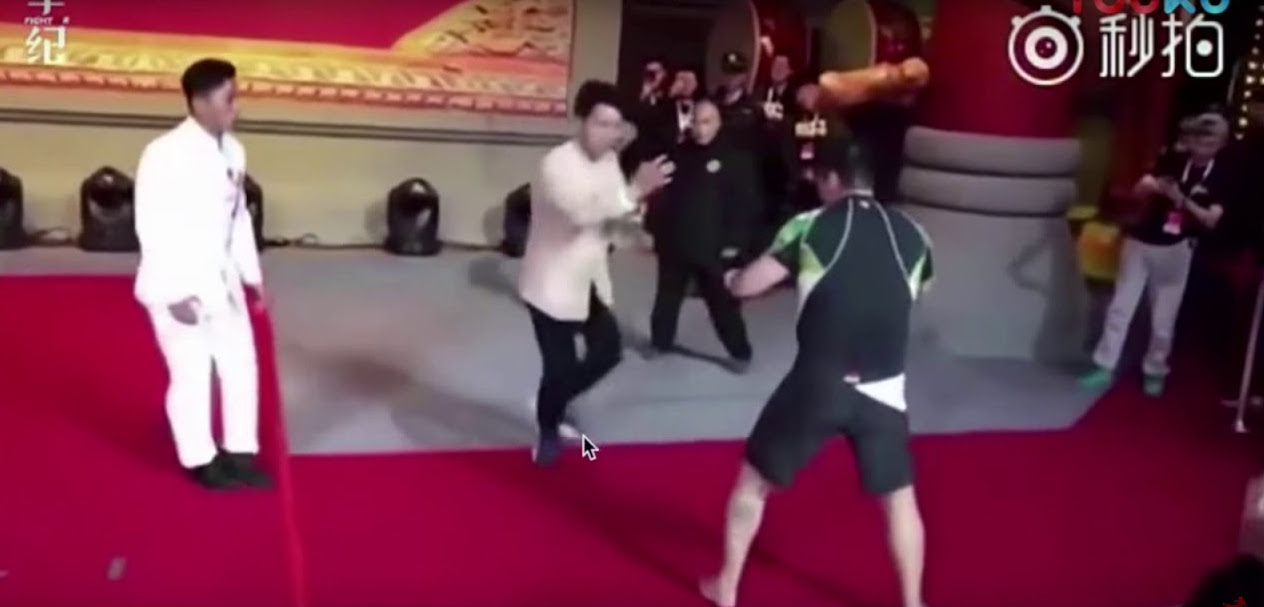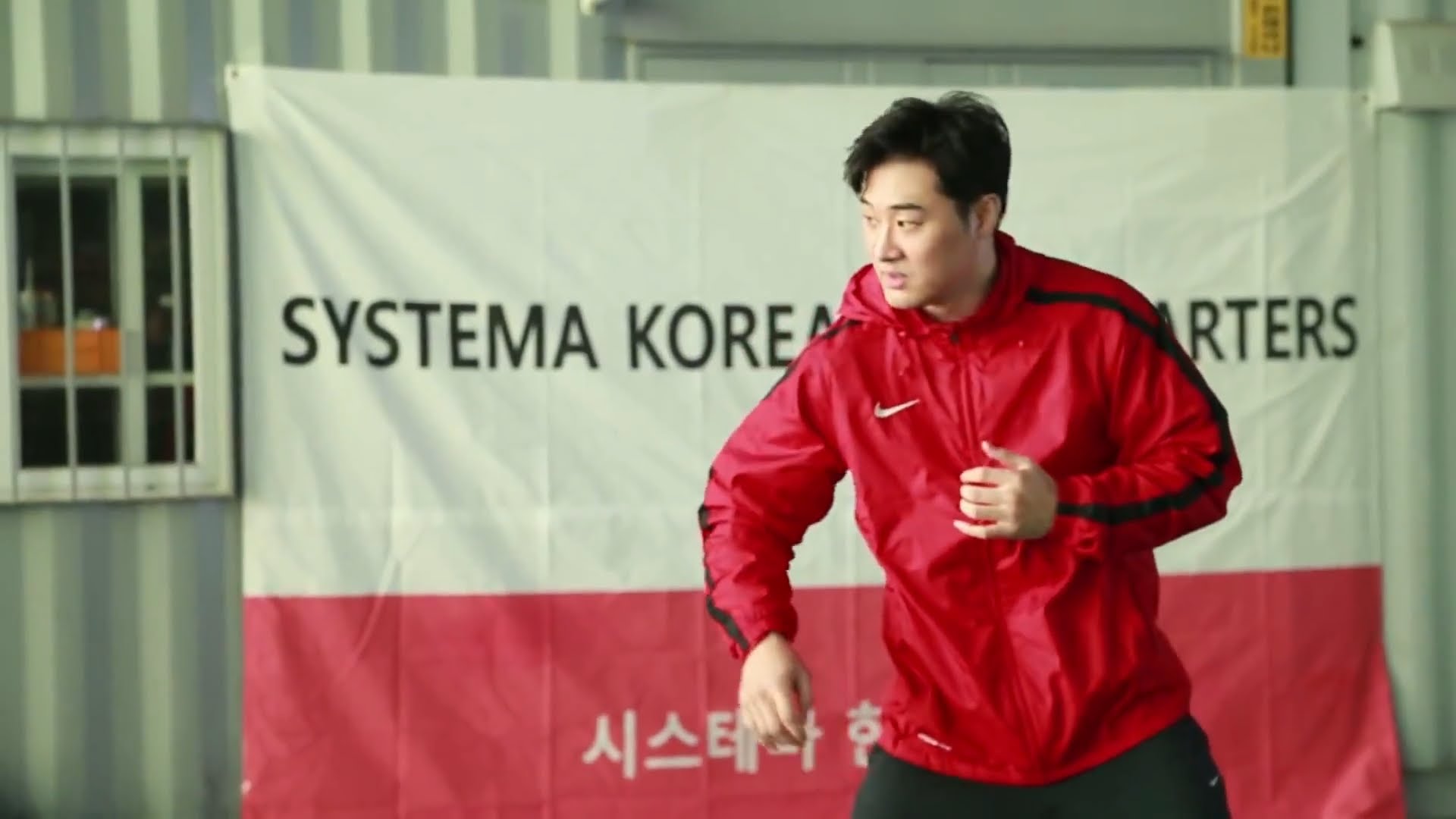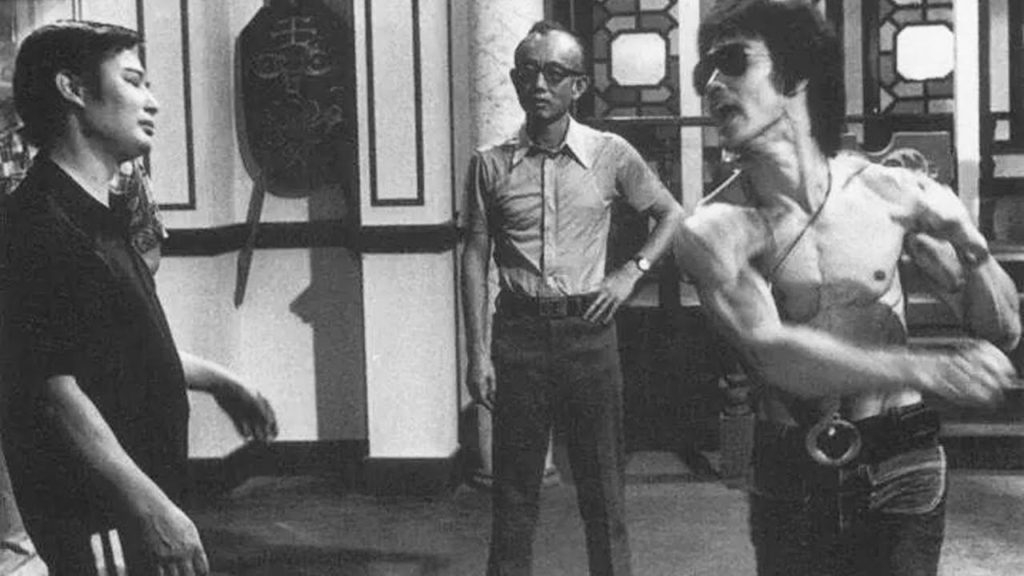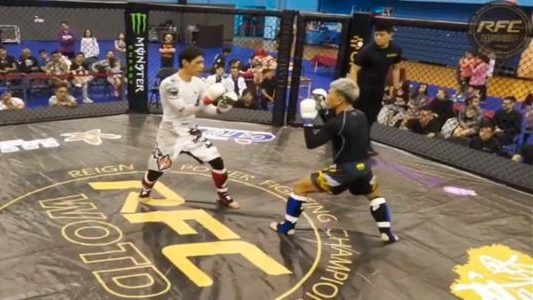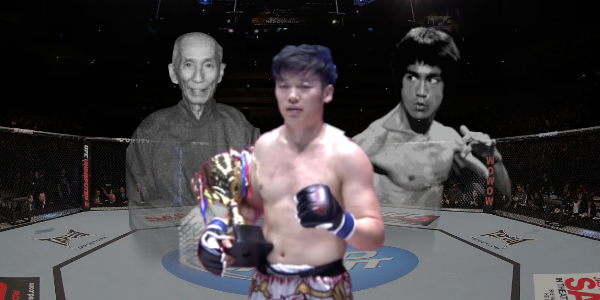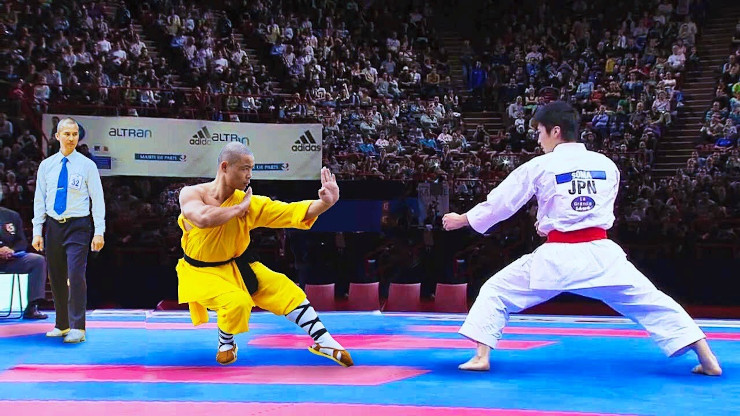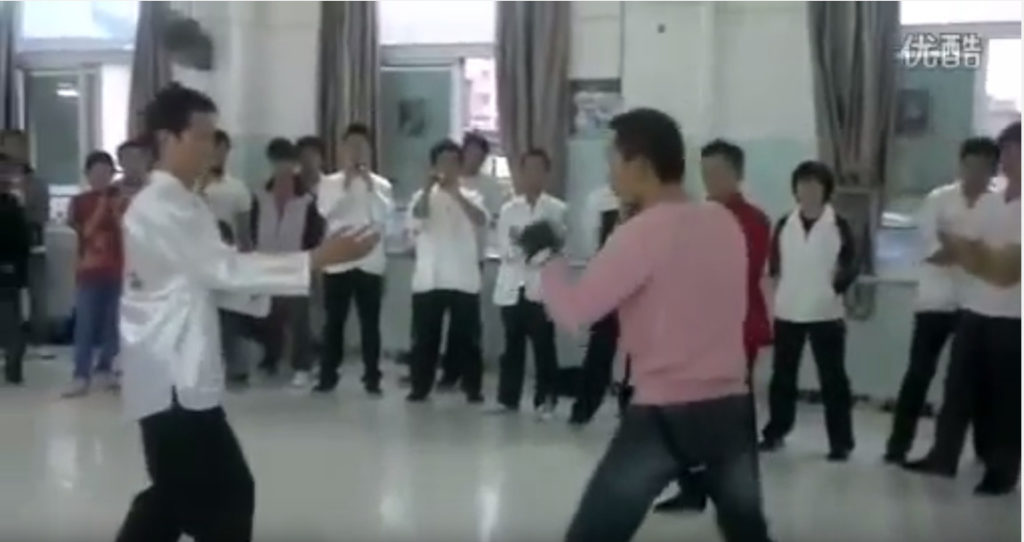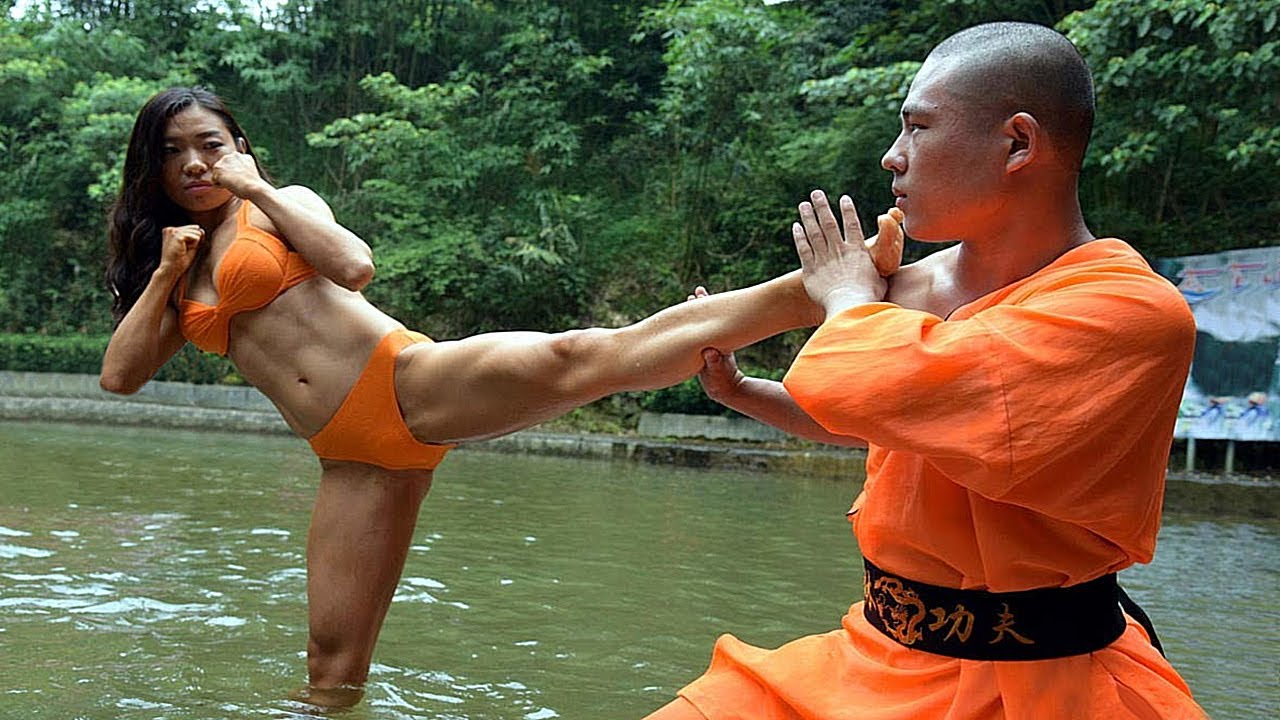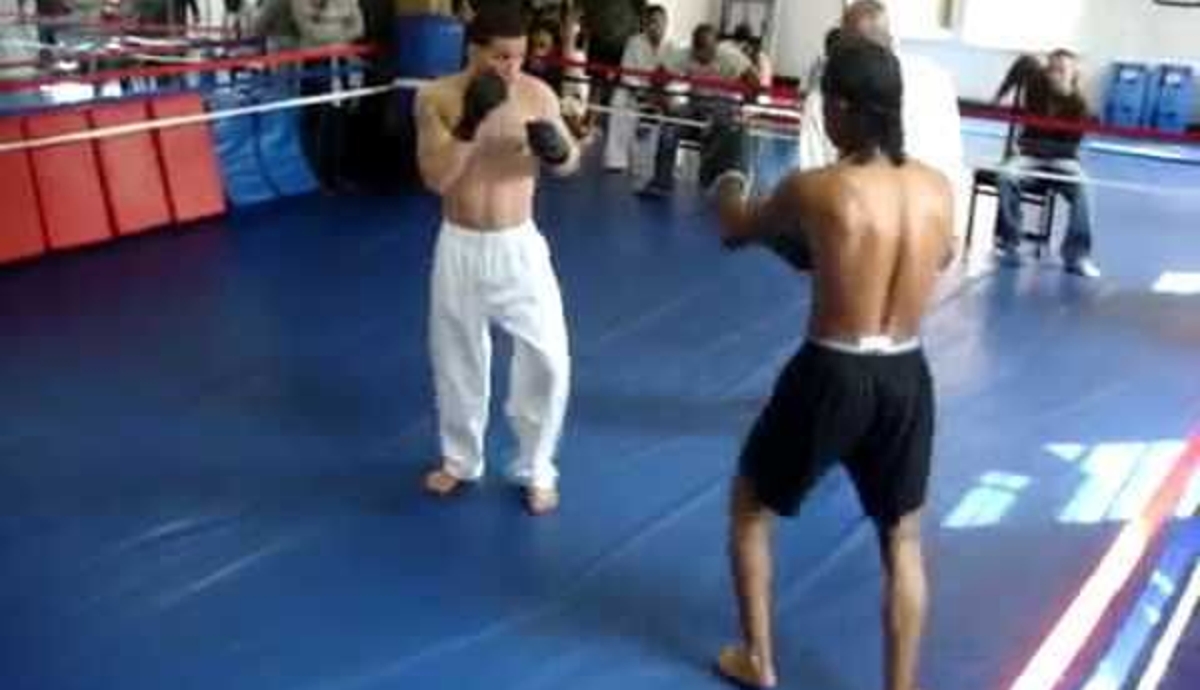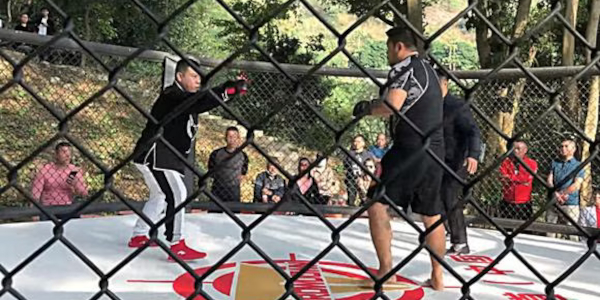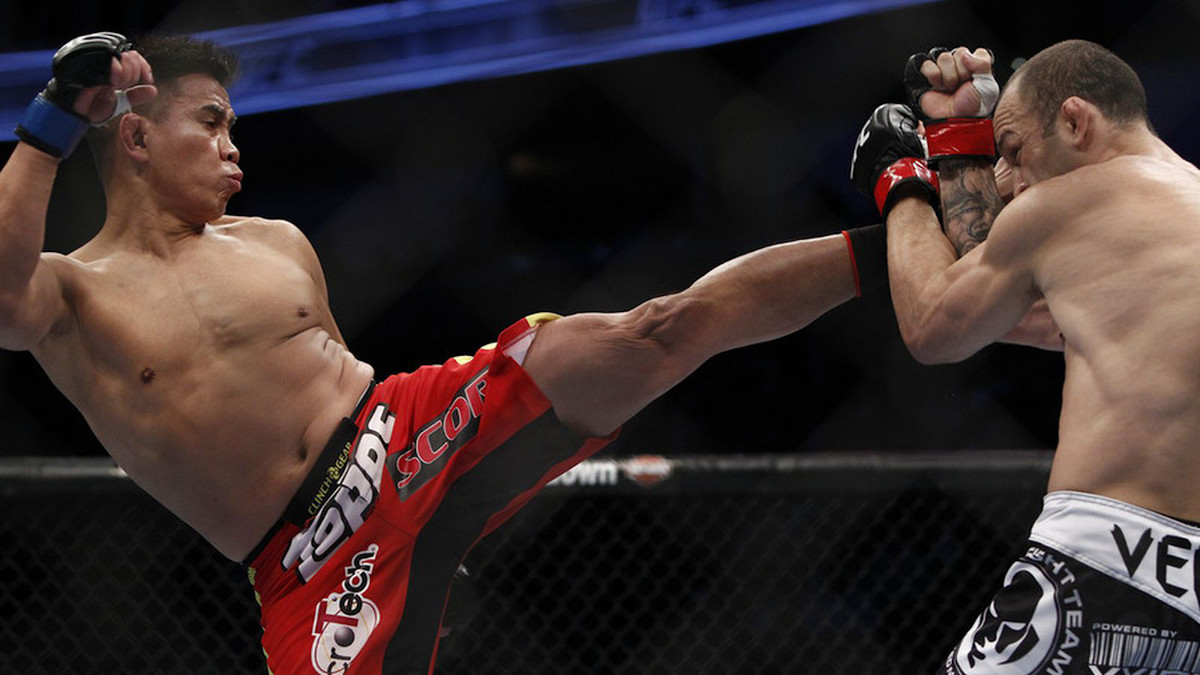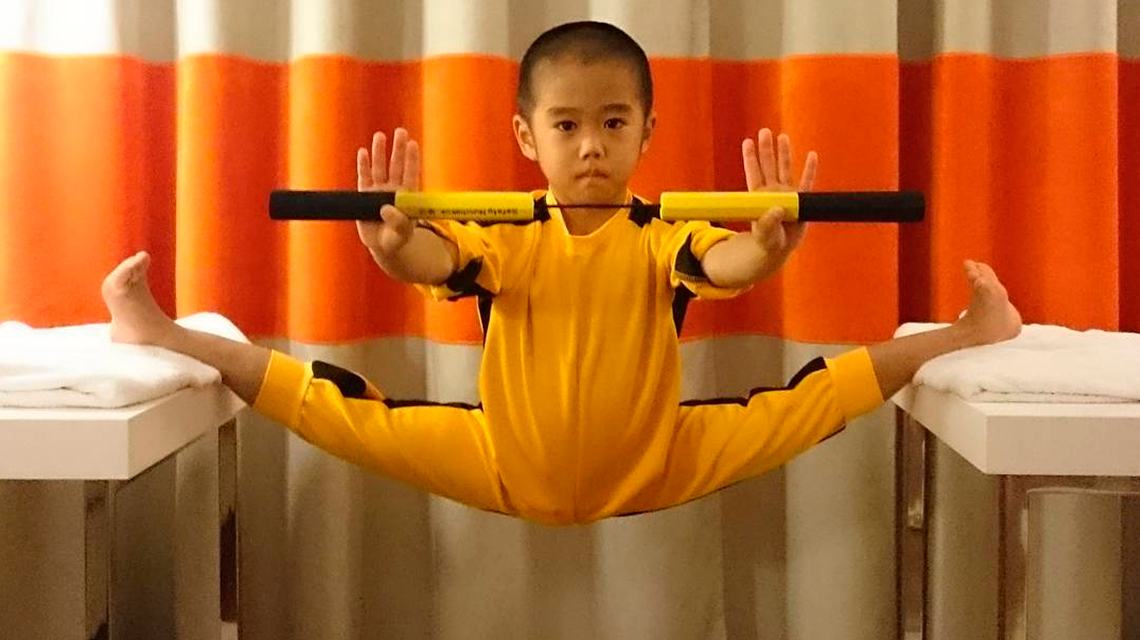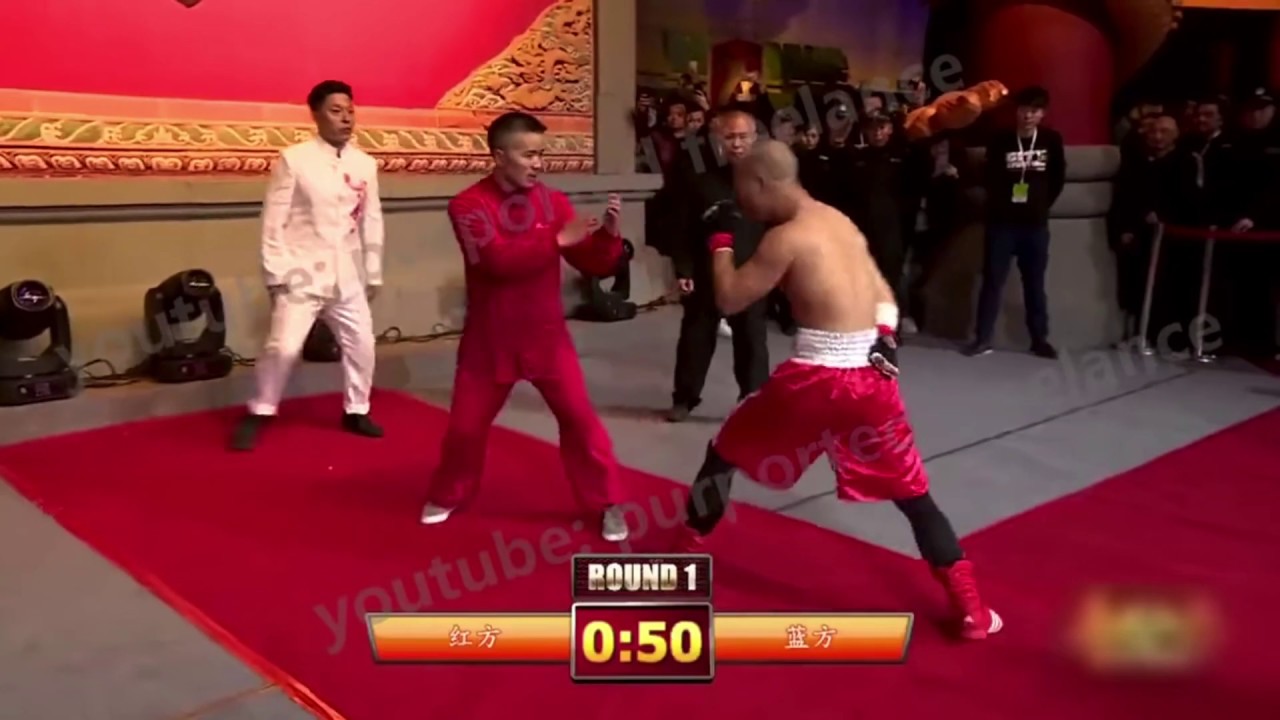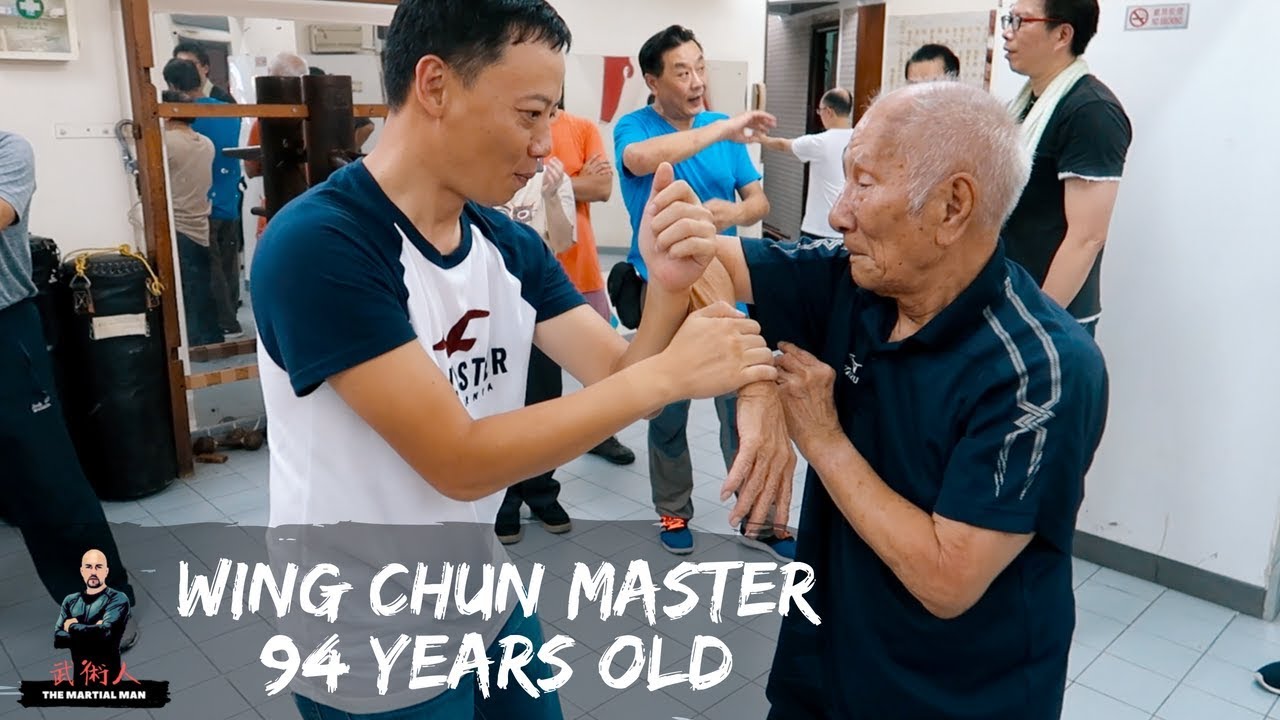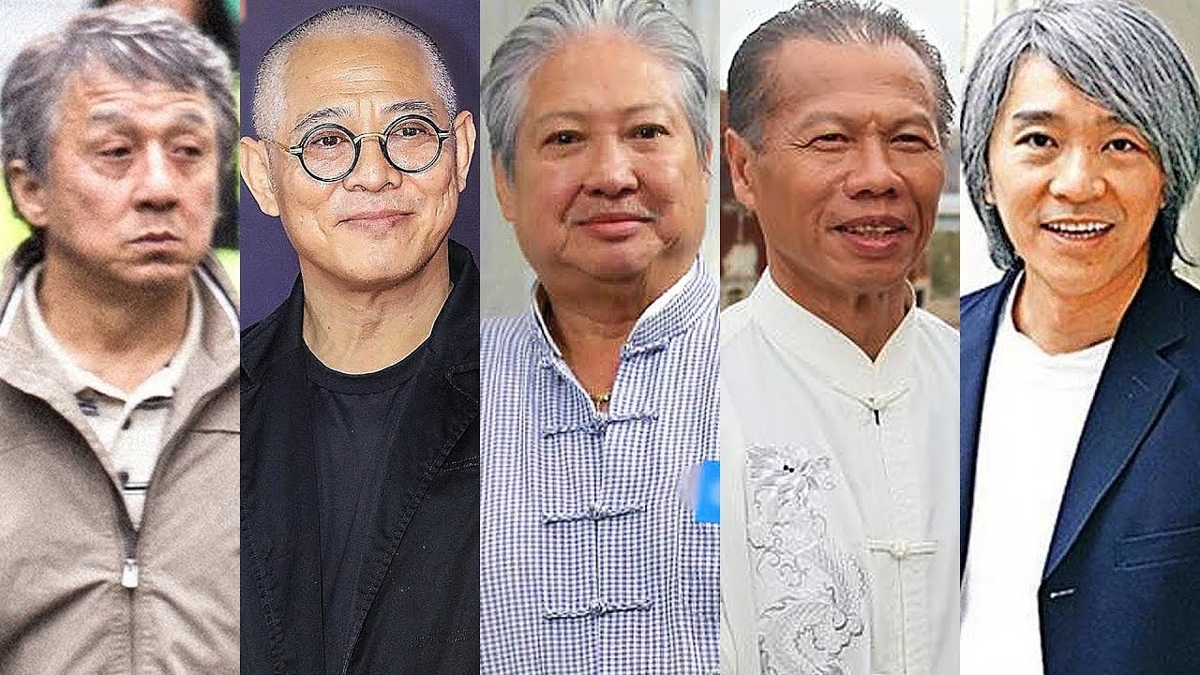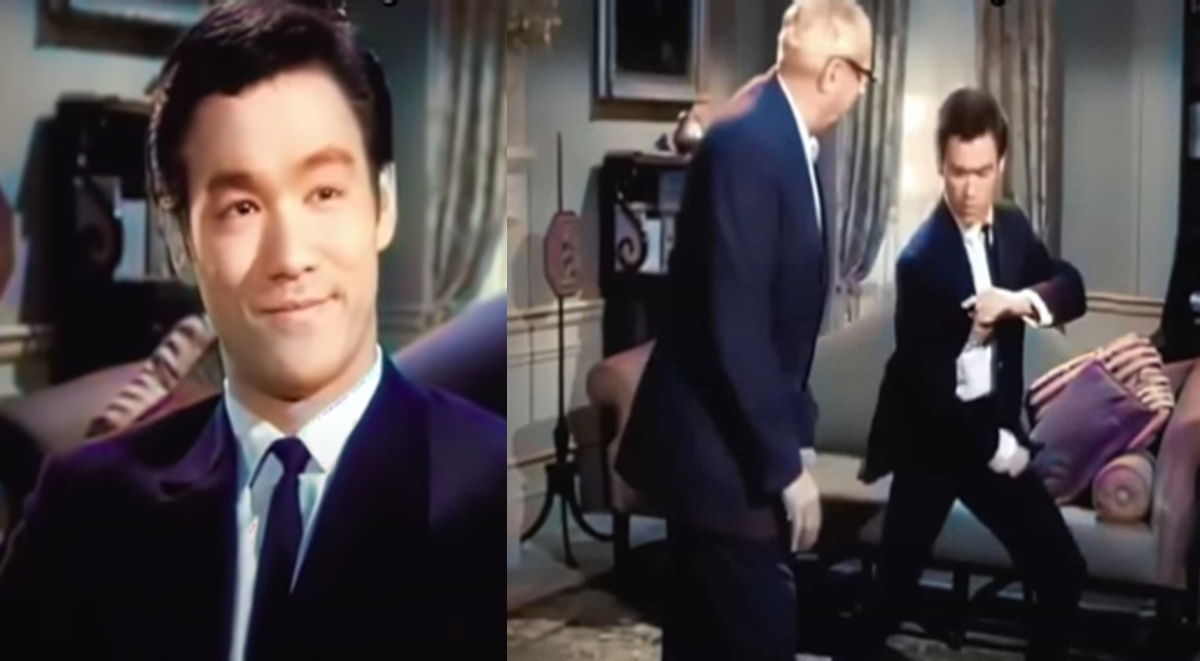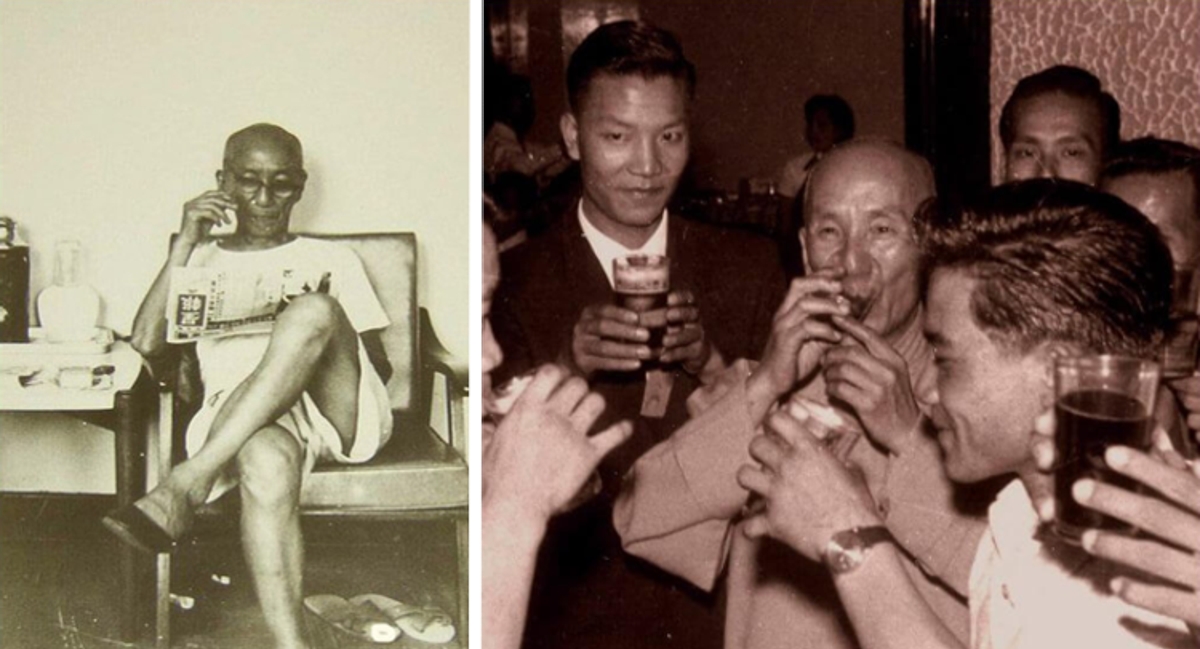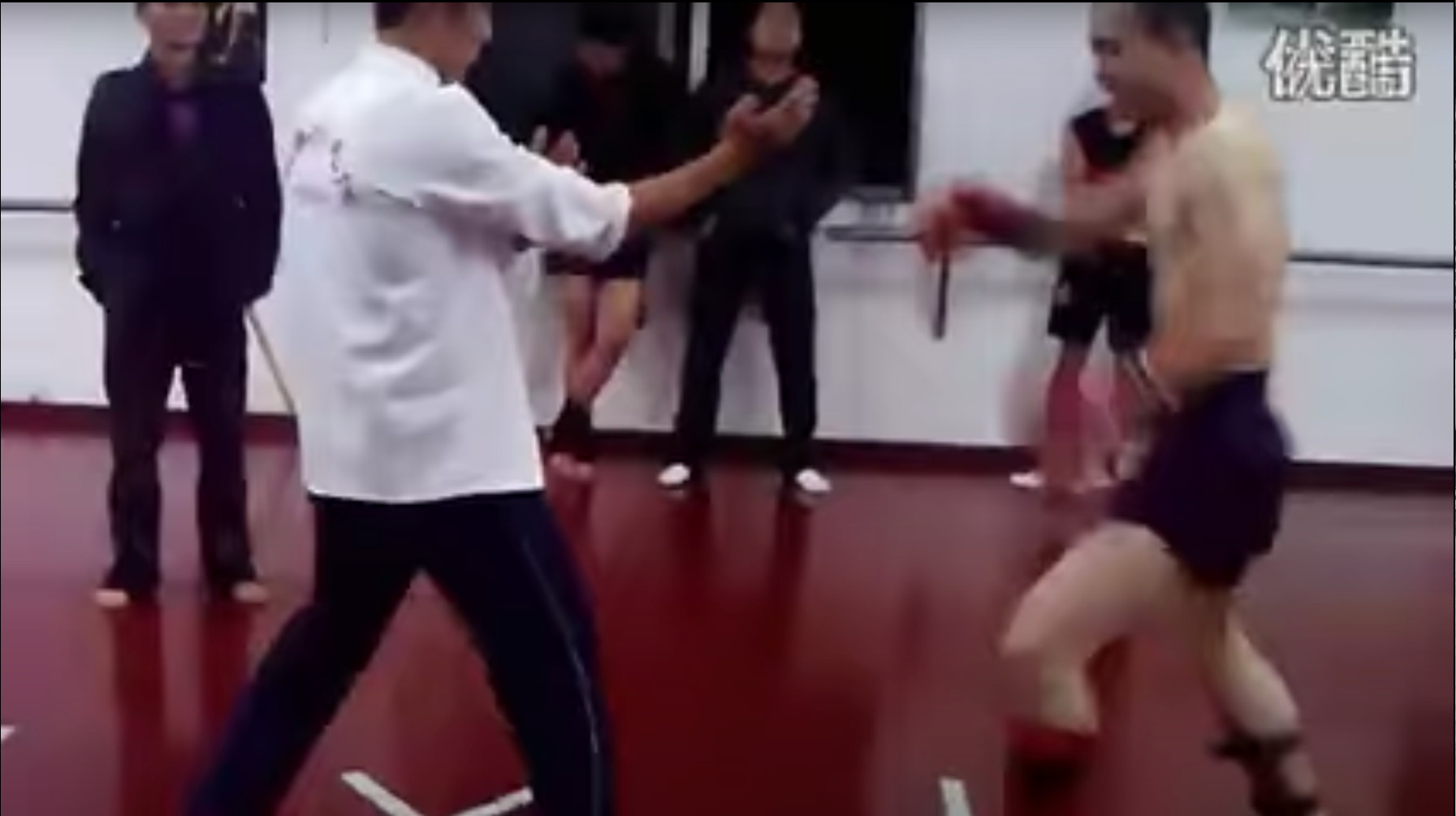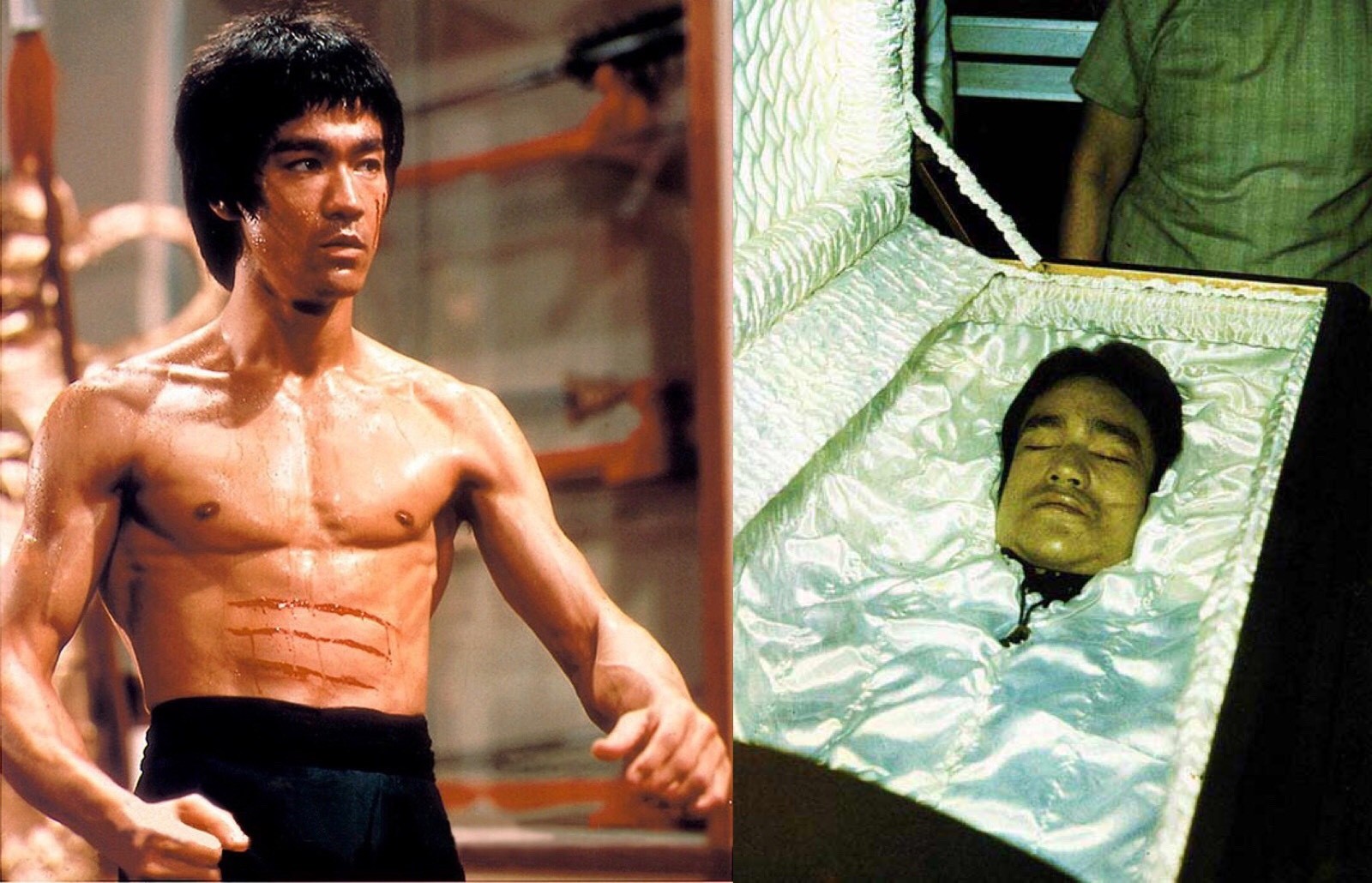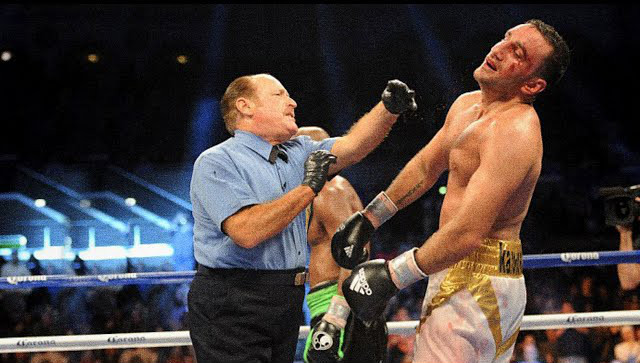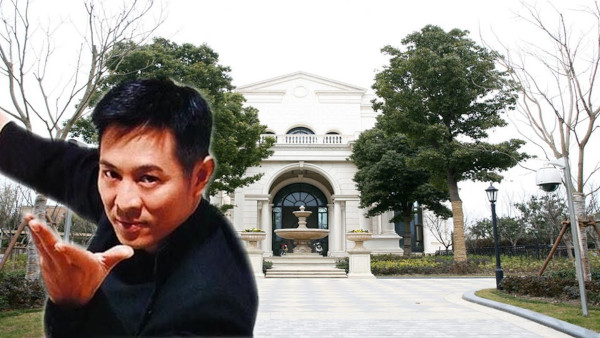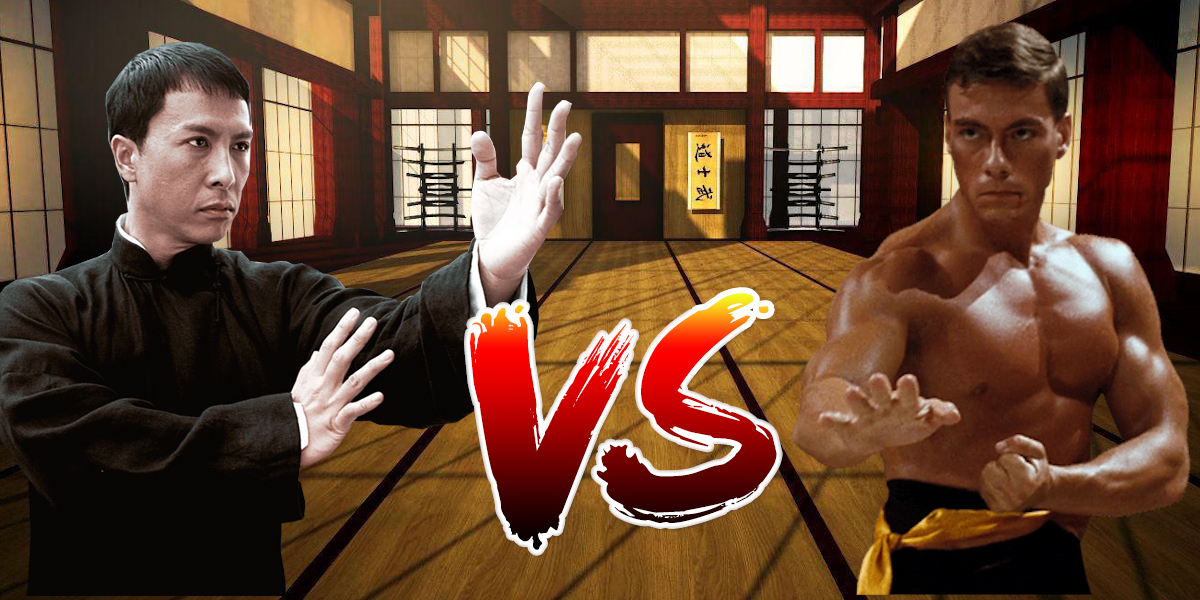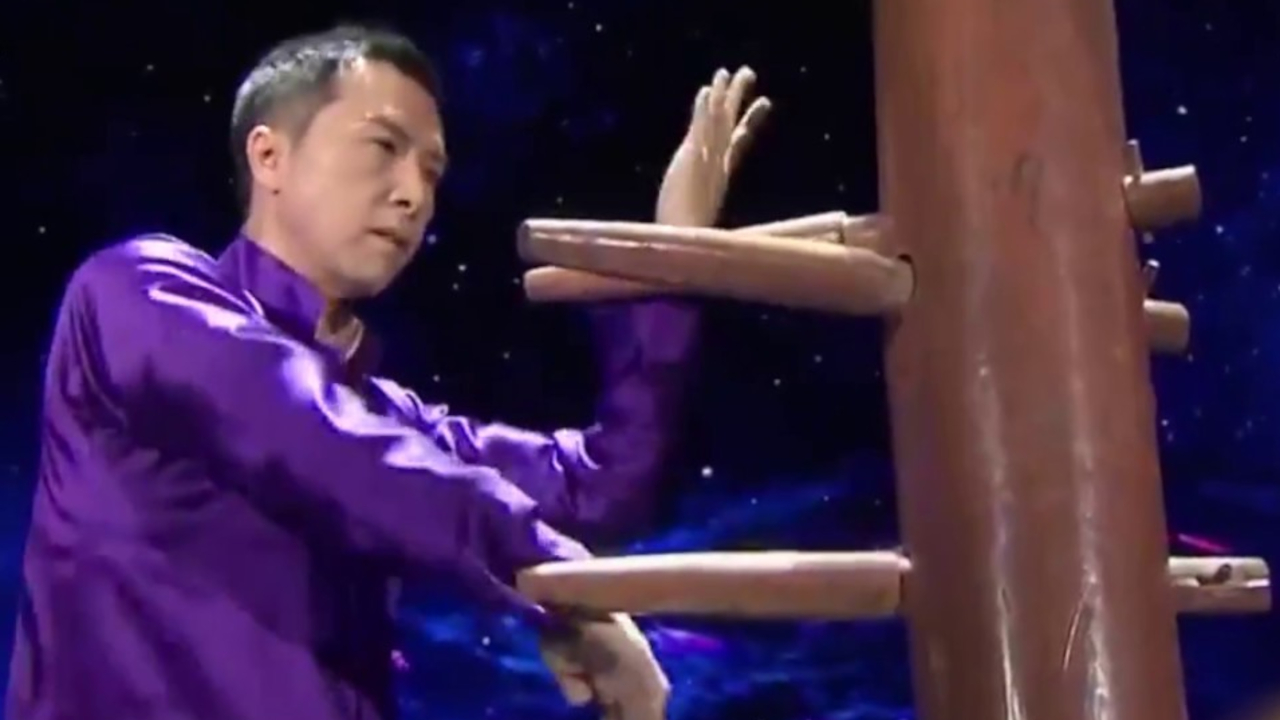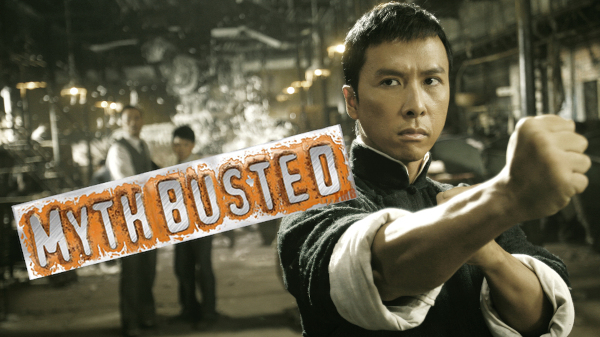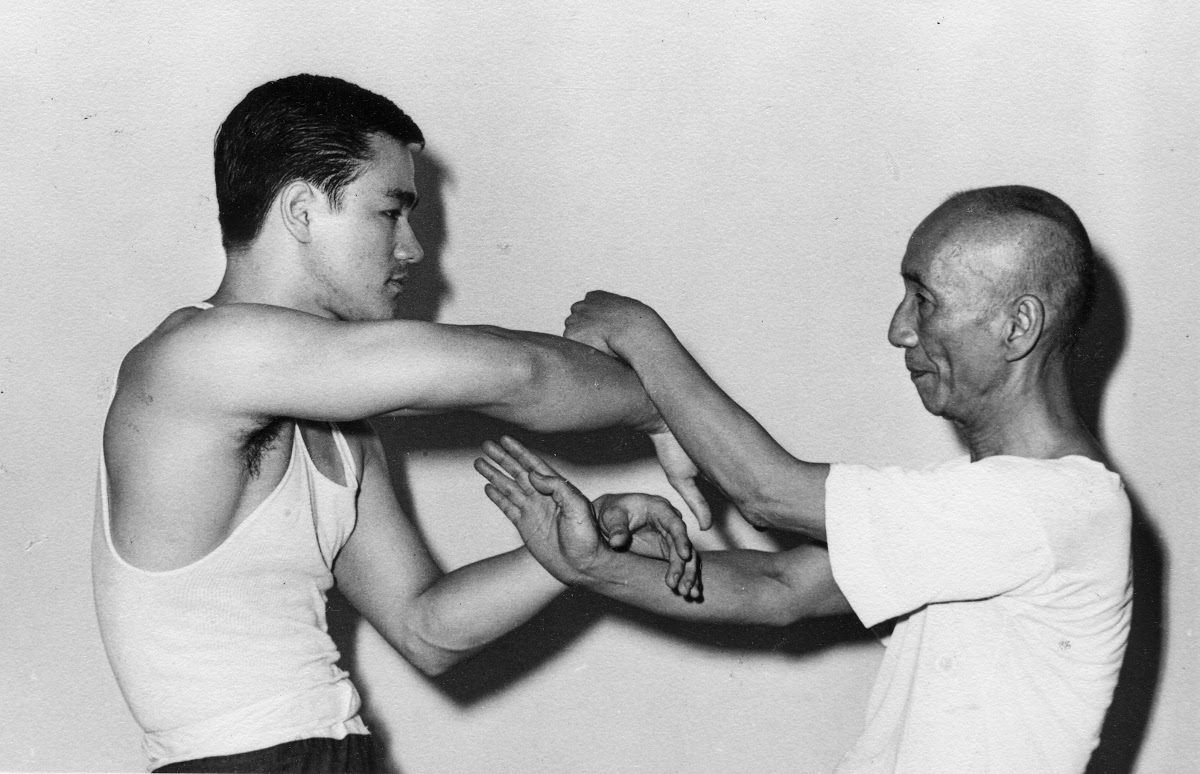The Importance of Footwork in Wing Chun
Reading time: 4 minutes
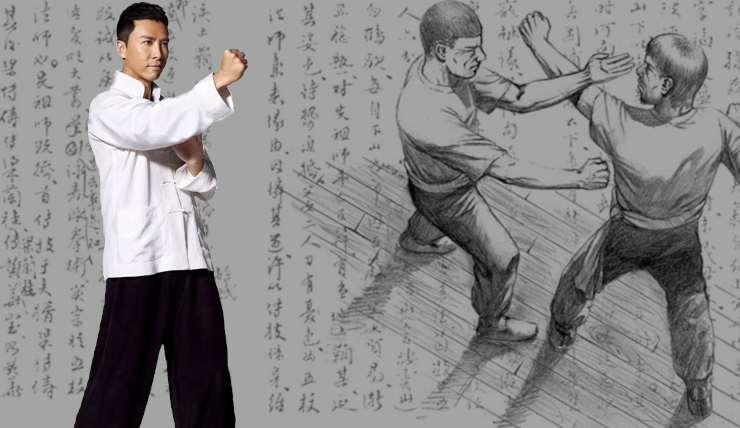
Wing Chun is a martial art that originated in Southern China and has become a popular choice for self-defense and combat sports. Its focus on close-range combat and economy of motion makes it an effective and practical martial art. One of the most essential elements of Wing Chun is footwork. In this article, we will discuss the importance of footwork in Wing Chun and how it can improve your techniques and overall performance.
What is Footwork in Wing Chun?
Footwork in Wing Chun refers to the way a practitioner moves their feet in relation to their opponent. It is an essential element of the martial art that allows the practitioner to maintain their balance, avoid attacks, and create angles for their strikes.
The footwork in Wing Chun is based on the idea of maintaining the centerline, which is the imaginary line that runs down the middle of the body. The centerline is where most of the strikes and attacks are aimed, and controlling it is crucial to the success of a Wing Chun practitioner.
The Importance of Footwork in Wing Chun
- Maintaining Balance and Stability
Footwork in Wing Chun helps a practitioner maintain their balance and stability during combat. Good footwork allows the practitioner to move quickly and smoothly while maintaining their balance, making it more difficult for the opponent to knock them off their feet.

By keeping their center of gravity low and shifting their weight from one foot to the other, a Wing Chun practitioner can maintain their stability and avoid being thrown off balance.
- Creating Angles of Attack
Footwork in Wing Chun is also essential for creating angles of attack. By moving their feet in a certain way, a practitioner can create openings in their opponent's defense, allowing them to strike effectively.
The angles of attack in Wing Chun are based on the idea of attacking from the blind side of the opponent, where they are less able to defend themselves. By moving to the side or behind the opponent, a Wing Chun practitioner can strike with greater force and precision.
- Evading Attacks
Footwork in Wing Chun is also used to evade attacks. By moving their feet quickly and efficiently, a practitioner can avoid being hit by an opponent's strike. This is especially important in close-range combat, where the opponent's strikes are quick and powerful.

By moving their feet and maintaining their balance, Wing Chun practitioners can evade the opponent's attacks and counterattack effectively.
- Controlling the Centerline
Footwork in Wing Chun is also crucial for controlling the centerline. By moving their feet in a way that keeps them on the centerline, a practitioner can control the opponent's movements and limit their ability to attack.
This is essential in Wing Chun, as the centerline is where most of the strikes and attacks are aimed. By controlling the centerline, a Wing Chun practitioner can neutralize the opponent's attacks and create openings for their own strikes.
Footwork Techniques in Wing Chun
There are several footwork techniques in Wing Chun that practitioners use to maintain their balance, create angles of attack, and control the centerline. These techniques include:
- Yee Jee Kim Yeung Ma (Goose Neck Stance)
Yee Jee Kim Yeung Ma is a basic stance in Wing Chun that is used for maintaining balance and stability. It involves keeping the knees bent and the feet shoulder-width apart, with the weight evenly distributed on both feet. This stance allows a practitioner to shift their weight from one foot to the other quickly, creating angles of attack and evading attacks.
- Bo Sim Sau (Stepping in Forward Pressure)
Bo Sim Sau is a footwork technique that involves stepping forward with one foot while keeping the other foot in place. This technique is used to create an opening in the opponent's defense and set up a strike. It can also be used to evade an opponent's
Thank you. Your comment will be approved shortly.
Comments
Thank you. Your comment will be approved shortly.
Thank you. Your comment will be approved shortly.
Thank you. Your comment will be approved shortly.
Thank you. Your comment will be approved shortly.
Thank you. Your comment will be approved shortly.


